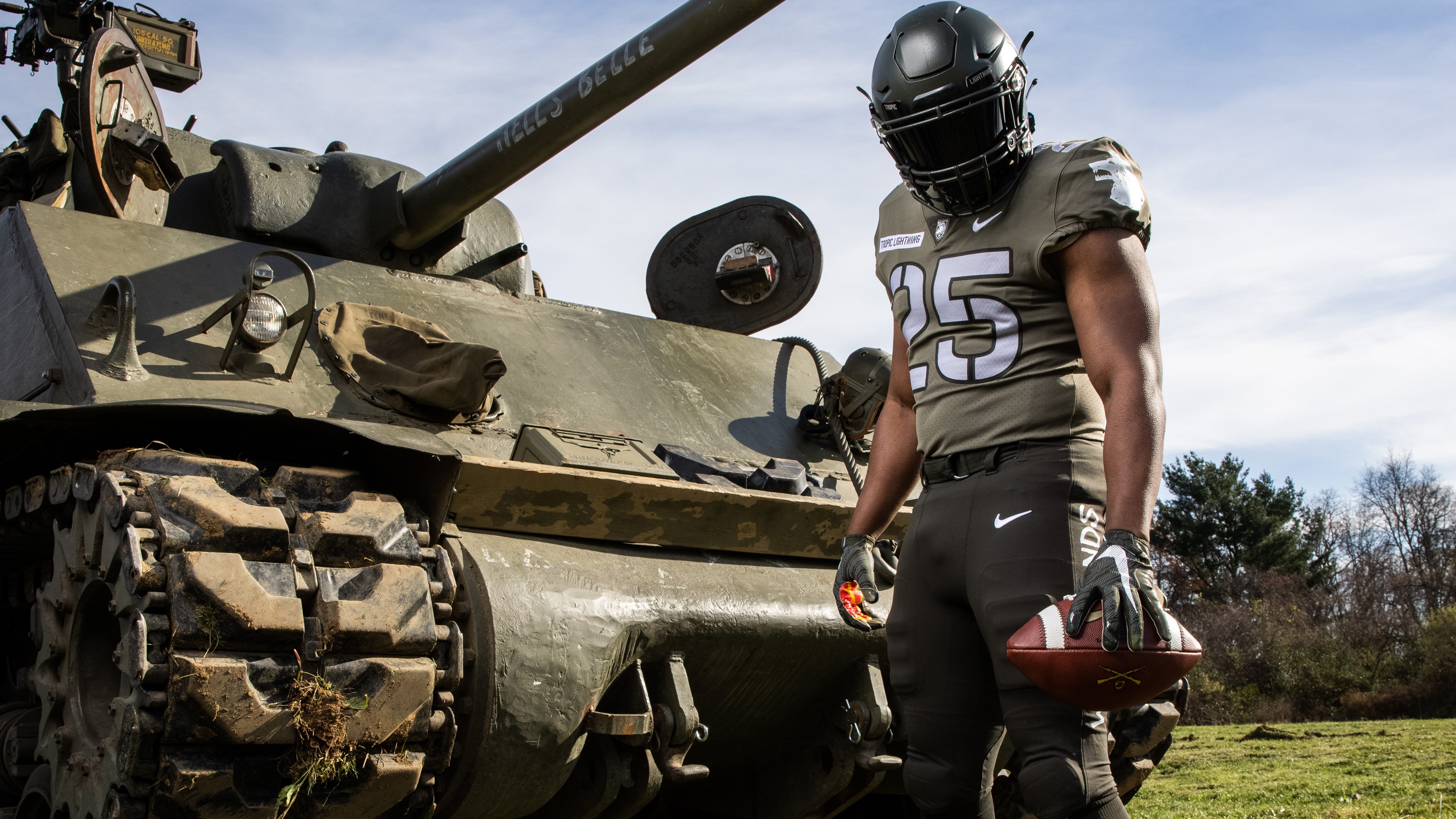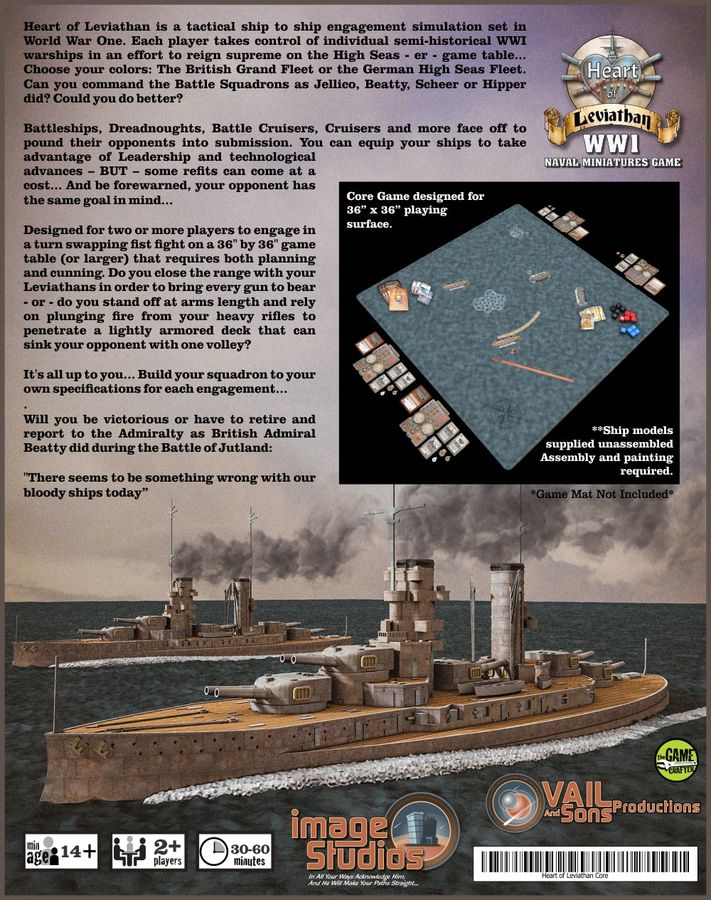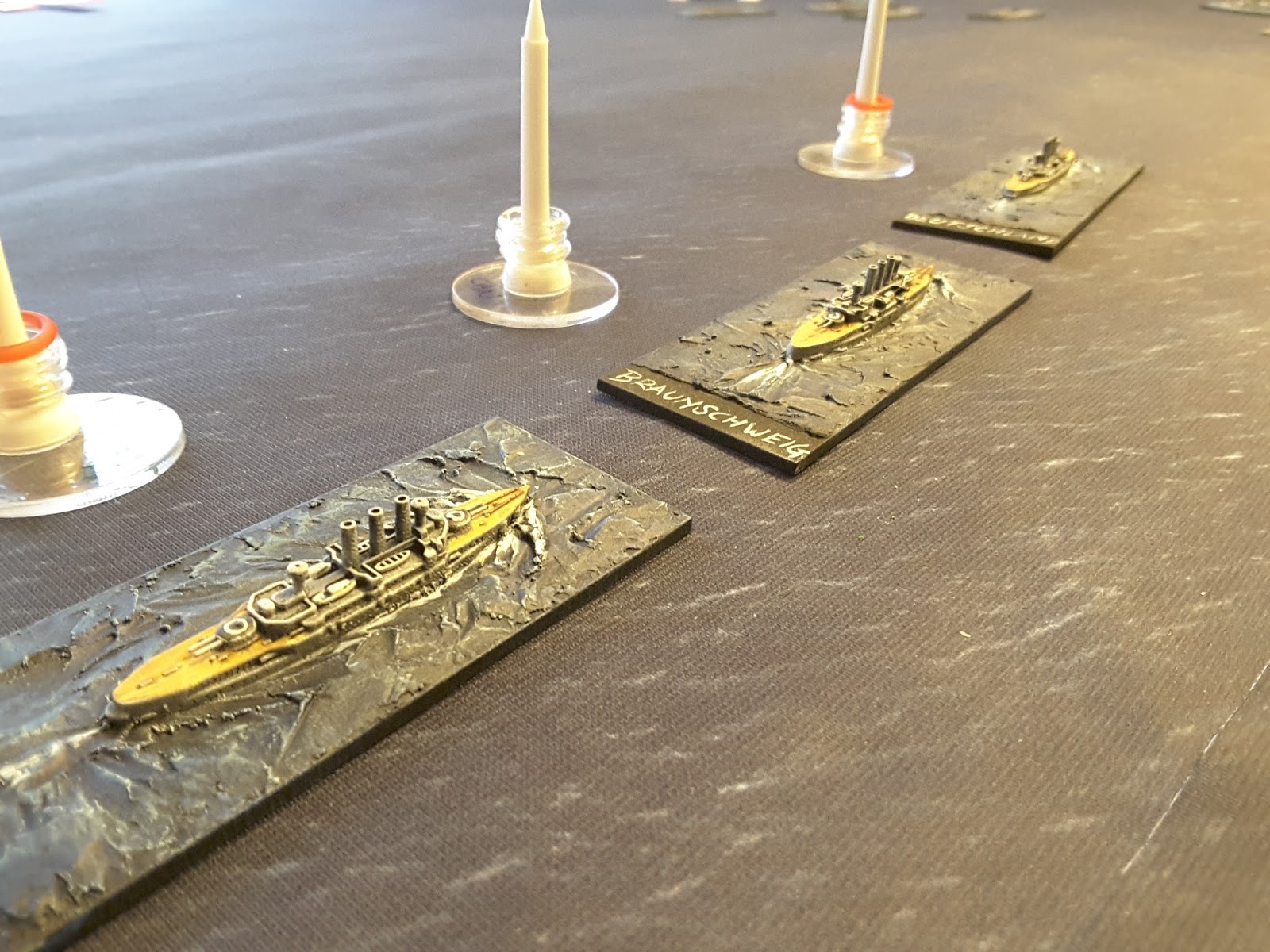

This is a significant revision of our original 'NW:WW1' game, and adds additional details and rules to the system (including floatation loss and individualized weapon data).

Solitaire and multiplayer rules are included. Printable data/record sheets show the combat details of each individual class of ship, sub, and aircraft, each with a side view graphic. "Steel and Resolve" is designed to cover many of the major navies that fought during WW1 and includes submarines, seaplane carriers, aircraft, airships, dreadnoughts, pre-dreadnoughts, battlecruisers, armored cruisers, light cruisers, destroyers, coastal batteries, land units, and much more! Easy to learn yet fun to play and detailed for the scale represented thus giving quality combat results.
Ww1 naval games series#
12 Naval Squadron."Steel and Resolve: WW1" is part of our Naval Warfare series of next generation comprehensive naval wargames covering entire time periods of naval combat. By the end of 1917, surviving Triplanes were used as advanced trainers with No. 8 and 9 Naval Squadrons transitioned to the Camel in July and early August, 1917, and, in late August, the No.10 Squadron turned over its remaining Triplanes to No. With the arrival of the sturdier and better-armed Sopwith Camel, the Triplane started to be replaced. Six Triplanes were built with twin guns, but performance was reduced and the single gun remained standard. The Albatros fighters were armed with two guns, while the Triplane had only one. The reasons were the difficulty to repair, some problems of structural weakness, and its light armament. The all-Canadian No.10 Squadron, commanded by the ace Raymond Collishaw and called “the Black Flight” for the the black markings of their airplanes, downed 85 enemy aircraft just between June and July, 1917, flying against JG.1.ĭespite its impressive performance, the Triplane had a brief career and was in service for less than one year. The “Trip” entered action in April, and for seven months, it almost totally outclassed the enemy fighters in the western front. 8, 9 and 10 Naval Squadrons, all between April and May 1917. In December, 1916, the fighter was delivered to the No.1 Naval Squadron, and then to the Nos. It was very successful and so, the type was ordered by the Royal Naval Air Service. The Triplane prototype first flew on 28 May, 1916, and was delivered for trials in France by mid-June. 1 Naval Squadron, in Bailleul, France (Imperial War Museum). The Triplane was armed with a fixed Vickers gun, synchronized to fire through the revolving propeller.

It could outclimb and out-turn the Albatros D-III and was about 10 mph faster. The design also provided the pilots the widest field of view.

The result was a fighter with unmatched maneuvrability and rate of climb. Nicknamed “Tripehound” or simply the “Trip” by pilots, the Sopwith Triplane was a development of the Sopwith Pup with three narrow-chord wings and a more powerful engine (initially a 110 hp Clerget 9Z nine-cylinder rotary engine, later replaced by a 130hp). This was the impressive debut of the Sopwith Triplane, a revolutionary and successful single-seat fighter that inspired the design of many enemy aircraft – including the famous Fokker Dr.I. After 45 minutes of combat and three airplanes shot down, the remaining German planes were forced to retreat. In April, 1917, a formation of fourteen German aircrafts was attacked by two light, fast, and nimble British fighters piloted by Flight Commander R.


 0 kommentar(er)
0 kommentar(er)
